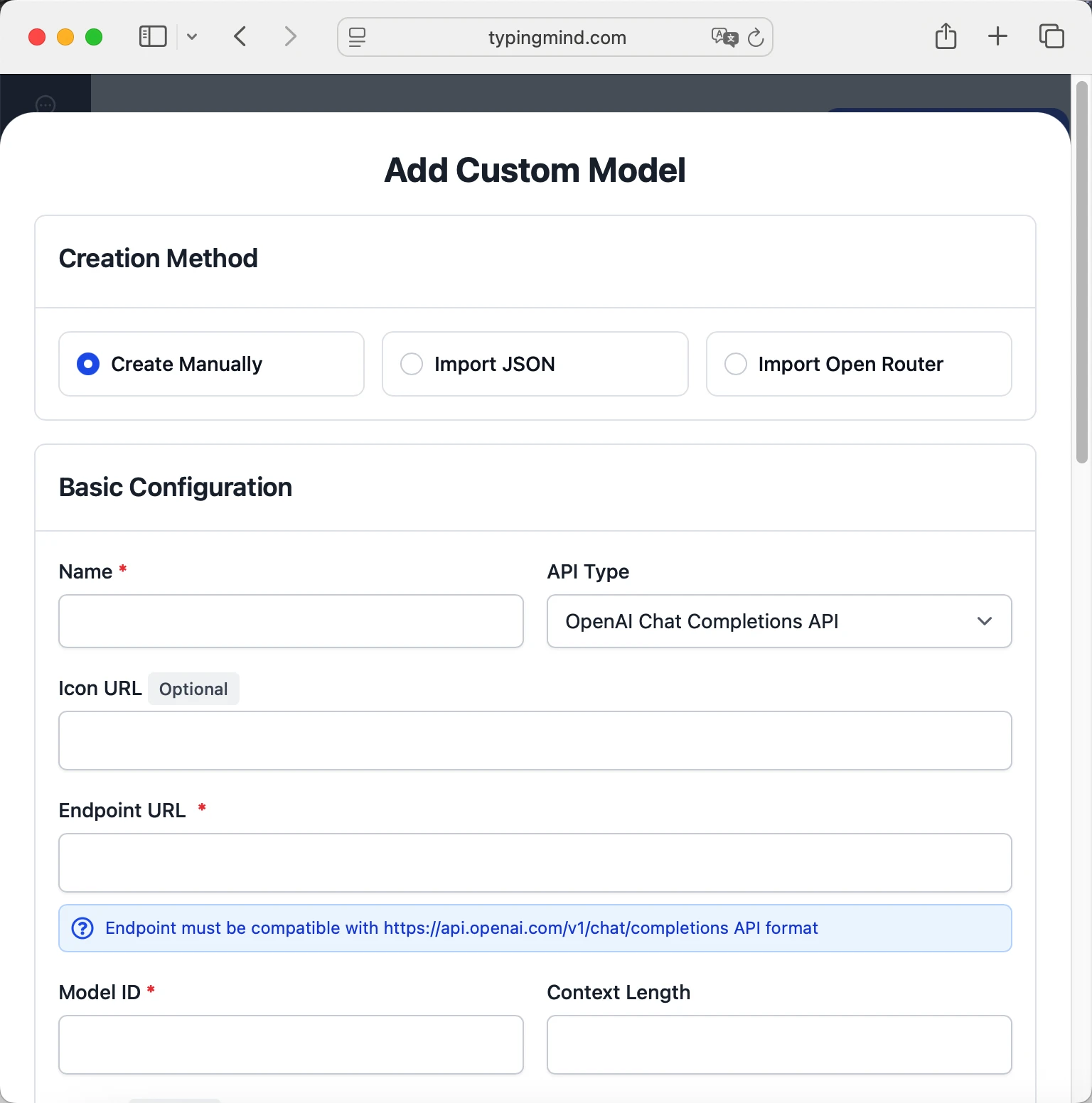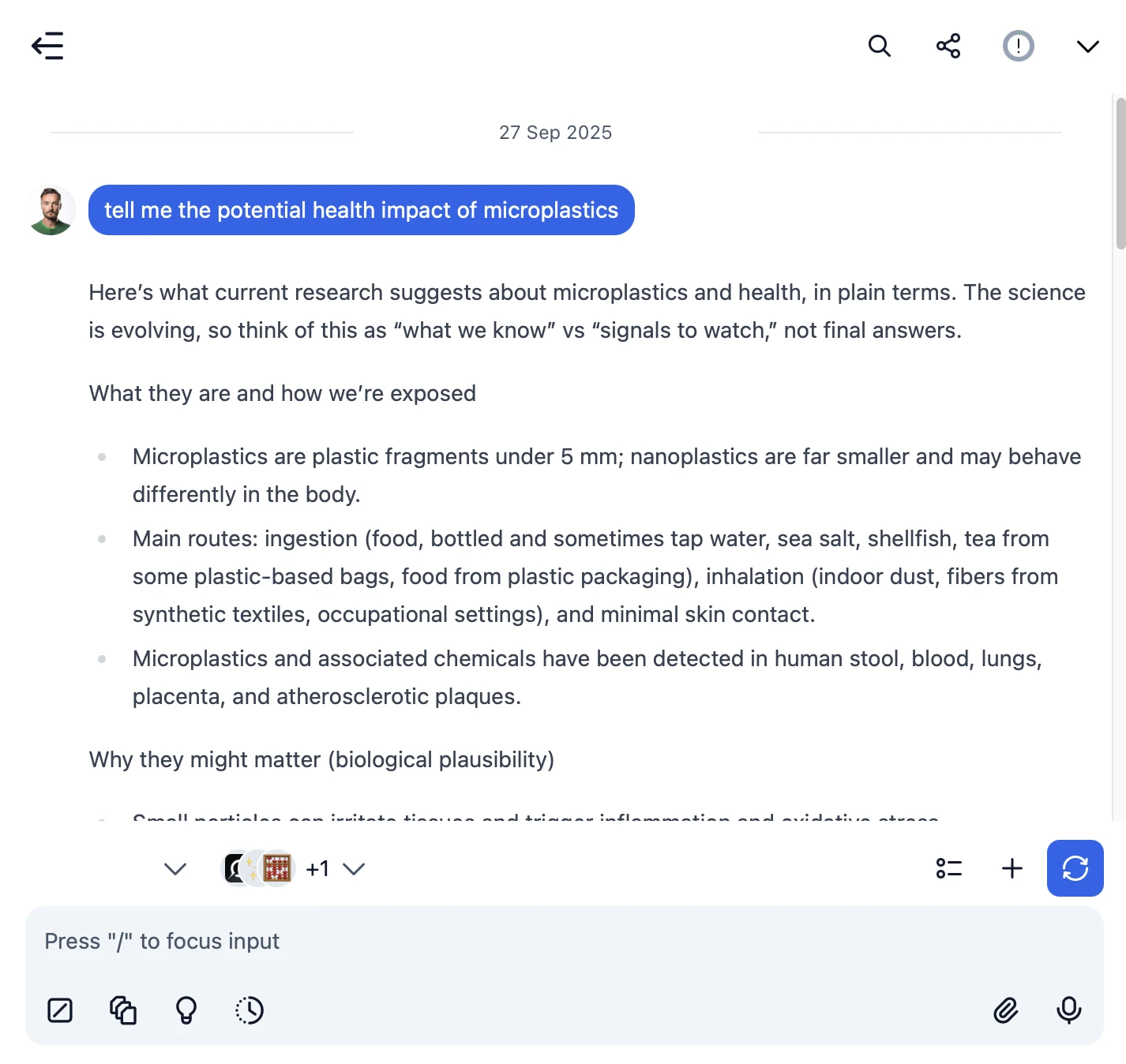How to use Groq API Key for AI chat

 Groq
GroqAbout Groq
Groq is the world's fastest AI inference platform powered by the proprietary LPU™ (Language Processing Unit) Inference Engine, purpose-built hardware designed specifically for running large language models at exceptional speed and low cost.
The LPU architecture delivers 300-500 tokens per second with up to 18x faster processing than traditional GPUs through tensor streaming technology optimized for sequential computation and low-latency inference. GroqCloud provides API access to leading open-source models (Llama, Mixtral, Gemma) with Tokens-as-a-Service pricing, enabling developers to build production-ready AI applications with ultra-low latency and high throughput.
Key features include deterministic performance, reduced memory bottlenecks, energy-efficient processing, real-time inference capabilities, and scalable cloud deployment with straightforward API integration.
Step by step guide to use Groq API Key to chat with AI
1. Get Your Groq API Key
First, you'll need to obtain an API key from Groq. This key allows you to access their AI models directly and pay only for what you use.
- Visit Groq's API console
- Sign up or log in to your account
- Navigate to the API keys section
- Generate a new API key (copy it immediately as some providers only show it once)
- Save your API key in a secure password manager or encrypted note
2. Connect Your Groq API Key on TypingMind
Once you have your Groq API key, connecting it to TypingMind to chat with AI is straightforward:
- Open TypingMind in your browser
- Click the "Settings" icon (gear symbol)
- Navigate to "Models" section
- Click "Add Custom Model"
- Fill in the model information:Name:
openai/gpt-oss-120b via Groq(or your preferred name)Endpoint:https://api.groq.com/openai/v1/chat/completionsModel ID:openai/gpt-oss-120bfor example (check Groq model list)Context Length: Enter the model's context window (e.g., 32000 for openai/gpt-oss-120b) openai/gpt-oss-120bhttps://api.groq.com/openai/v1/chat/completionsopenai/gpt-oss-120b via Groqhttps://www.typingmind.com/model-logo.webp32000
openai/gpt-oss-120bhttps://api.groq.com/openai/v1/chat/completionsopenai/gpt-oss-120b via Groqhttps://www.typingmind.com/model-logo.webp32000 - Add custom headers by clicking "Add Custom Headers" in the Advanced Settings section:Authorization:
Bearer <GROQ_API_KEY>:X-Title:typingmind.comHTTP-Referer:https://www.typingmind.com - Enable "Support Plugins (via OpenAI Functions)" if the model supports the "functions" or "tool_calls" parameter, or enable "Support OpenAI Vision" if the model supports vision.
- Click "Test" to verify the configuration
- If you see "Nice, the endpoint is working!", click "Add Model"
3. Start Chatting with Groq models
Now you can start chatting with Groq models through TypingMind:
- Select your preferred Groq model from the model dropdown menu
- Start typing your message in the chat input
- Enjoy faster responses and better features than the official interface
- Switch between different AI models as needed

 openai/gpt-oss-120b
openai/gpt-oss-120b
- Use specific, detailed prompts for better responses (How to use Prompt Library)
- Create AI agents with custom instructions for repeated tasks (How to create AI Agents)
- Use plugins to extend Groq capabilities (How to use plugins)
- Upload documents and images directly to chat for AI analysis and discussion (Chat with documents)
4. Monitor Your AI Usage and Costs
One of the biggest advantages of using API keys with TypingMind is cost transparency and control. Unlike fixed subscriptions, you pay only for what you actually use. Visit https://console.groq.com/dashboard/metrics to monitor your Groq API usage and set spending limits.
- Use less expensive models for simple tasks
- Keep prompts concise but specific to reduce token usage
- Use TypingMind's prompt caching to reduce repeat costs (How to enable prompt caching)
- Using RAG (retrieval-augmented generation) for large documents to reduce repeat costs (How to use RAG)










